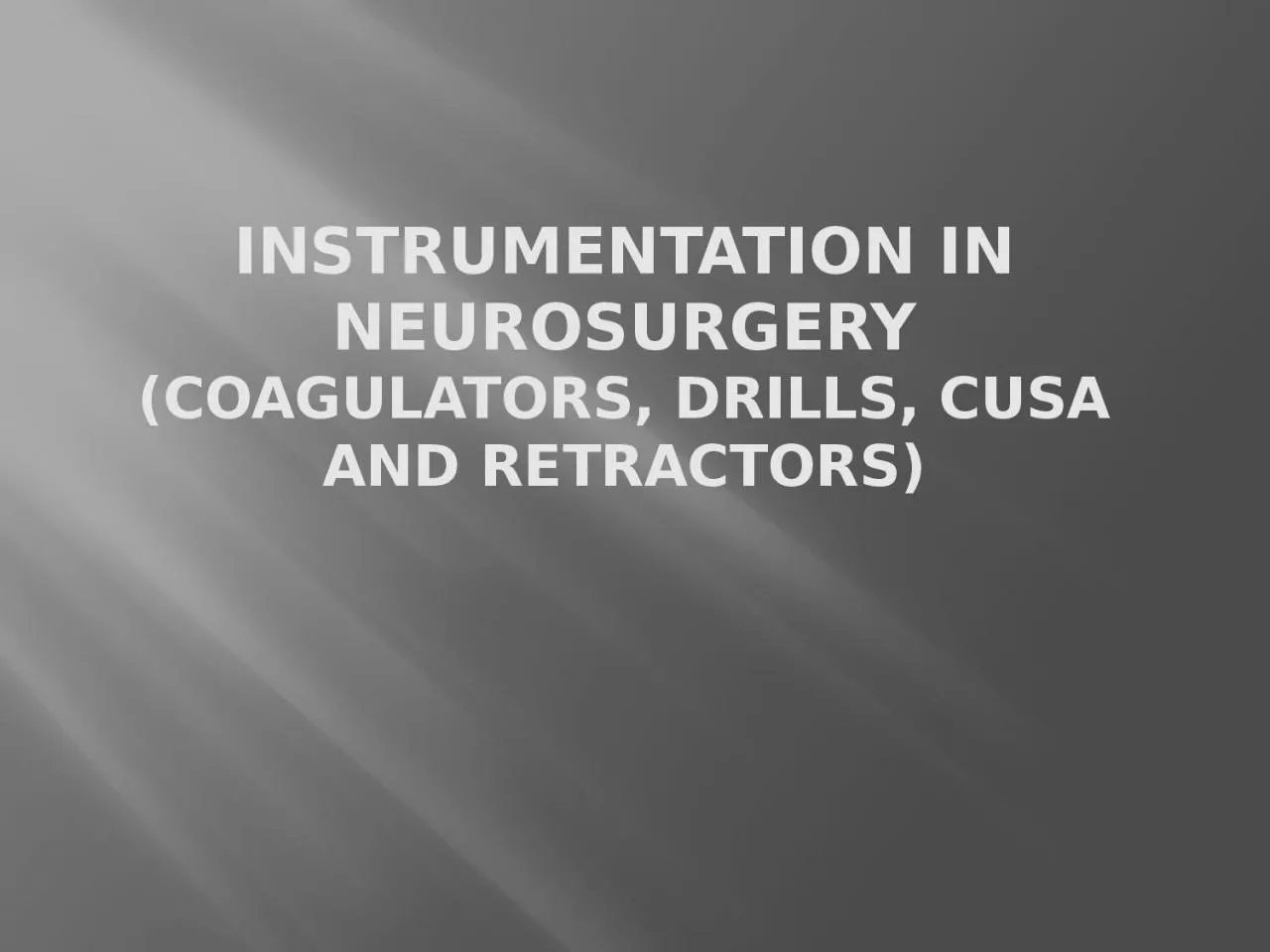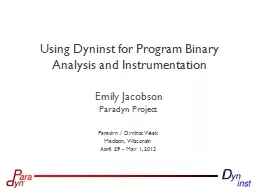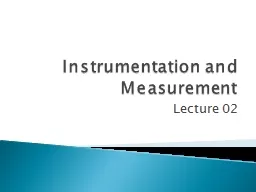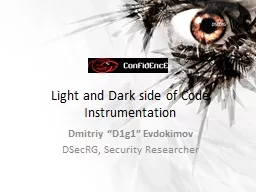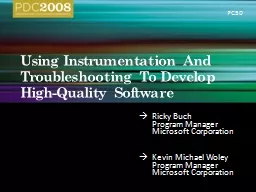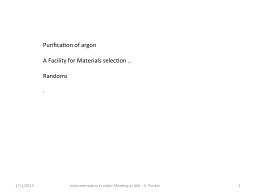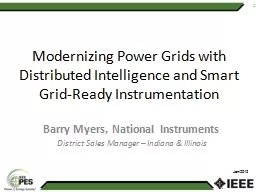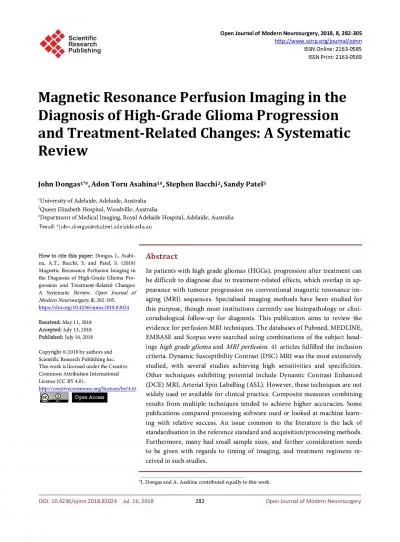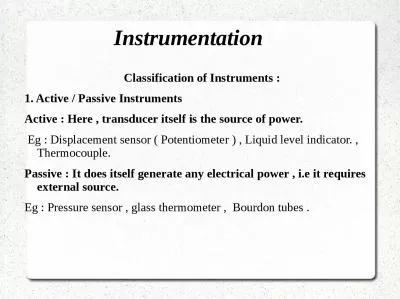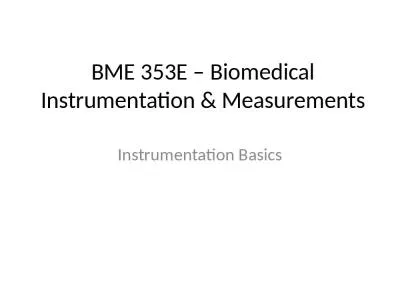PPT-Instrumentation in Neurosurgery
Author : melanie | Published Date : 2024-02-09
coagulators drills cusa and retractors Coagulators History Thermal energy for hemostasis dates back to pharaonics The earliest known surgical records in papyrus
Presentation Embed Code
Download Presentation
Download Presentation The PPT/PDF document "Instrumentation in Neurosurgery" is the property of its rightful owner. Permission is granted to download and print the materials on this website for personal, non-commercial use only, and to display it on your personal computer provided you do not modify the materials and that you retain all copyright notices contained in the materials. By downloading content from our website, you accept the terms of this agreement.
Instrumentation in Neurosurgery: Transcript
Download Rules Of Document
"Instrumentation in Neurosurgery"The content belongs to its owner. You may download and print it for personal use, without modification, and keep all copyright notices. By downloading, you agree to these terms.
Related Documents

